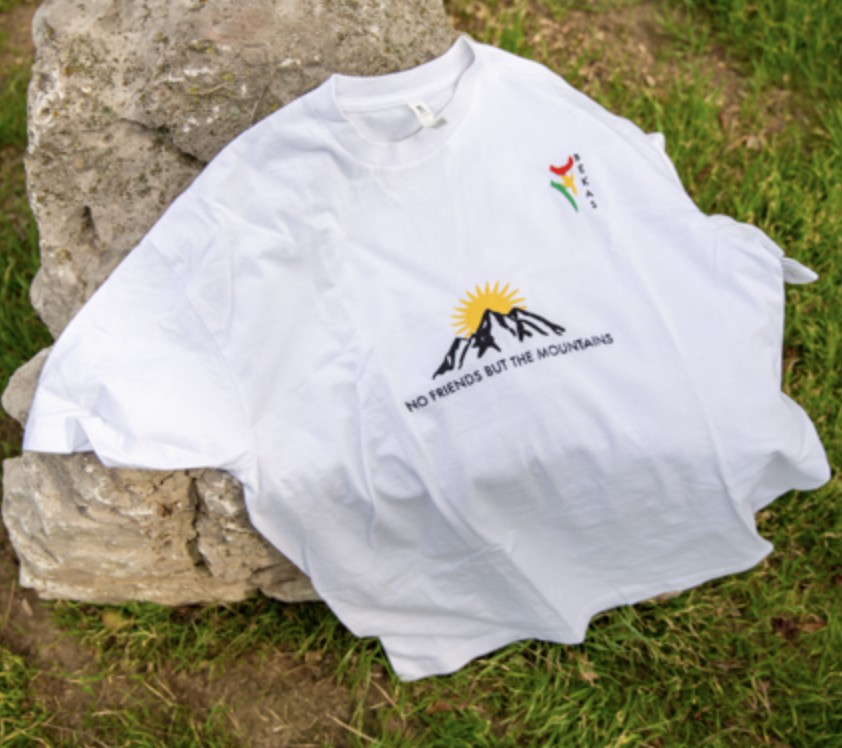Nestled in the picturesque landscape of the Kurdistan Region of Iraq (KRI), Shanidar Cave stands as a silent sentinel of time, guarding the secrets of our distant past. This cave, located in the Zagros Mountains, has been a rich source of archaeological discoveries, shedding light on the lives of early humans who once sought refuge within its rocky embrace. With a history spanning tens of thousands of years, Shanidar Cave remains a treasure trove of knowledge for archaeologists and a captivating destination for history enthusiasts.
The KRI boasts a wealth of historical and prehistorical sites dating back to the earliest periods of human existence on our planet. Among the numerous historical sites in this region, Shanidar Cave holds a special place. This remarkable archaeological site, known for its association with Neanderthals, was first explored by Ralph Solecki (1917-2019) and a team from Columbia University.
Within the depths of Shanidar Cave, archaeologists unearthed the remains of 10 Neanderthals. These ancient individuals were discovered within a Mousterian layer, which also yielded a treasure trove of artifacts, including hundreds of stone tools like points, side-scrapers, and flakes, as well as animal bones from species such as wild goats and spur-thighed tortoises.

The statue of American archaeologist Ralph Solecki stands as a testament to his work outside Shanidar cave
The initial nine Neanderthal skeletons, identified as Shanidar 1-9, were excavated between 1957 and 1961 by Ralph Solecki and his team from Columbia University. Shanidar 3’s skeleton is now housed at the Smithsonian Institution in Washington, D.C. The others (Shanidar 1, 2, and 4-9) were originally kept in Iraq and might have been lost during the tumultuous events of the 2003 invasion. Nevertheless, casts and replicas of these specimens are still preserved at the Smithsonian.
In 2006, while examining the Smithsonian’s collection of faunal bones from the site, Melinda Zeder made a groundbreaking discovery: leg and foot bones belonging to a previously unknown Neanderthal individual, now referred to as Shanidar 10. This find added a new chapter to the already fascinating story of Shanidar Cave, expanding our knowledge of the ancient individuals who once sought shelter within its rocky chambers.
A geological wonder
Shanidar Cave is renowned not only for its historical significance but also for its geological splendor. Situated in the foothills of the Zagros Mountains, this limestone cave system offers a spectacular blend of subterranean chambers, awe-inspiring stalactites, and dramatic rock formations. The cave’s natural beauty serves as a stark contrast to the ancient relics it conceals, making it a fascinating destination for both scientists and adventure seekers.

A commemorative plaque stands in tribute, set against the awe-inspiring backdrop of Shanidar Cave
Ancient inhabitants
What sets Shanidar Cave apart from other archaeological sites is its association with the Neanderthals, our closest relatives in the evolutionary chain. The cave has yielded a remarkable collection of Neanderthal remains, offering invaluable insights into their way of life. Among the most significant finds is the Shanidar 1 skeleton, which revealed evidence of a Neanderthal who had lived for several decades despite suffering severe injuries, a testament to the care and compassion of their community.
Neanderthal burials
One of the most poignant discoveries in Shanidar Cave is the evidence of ritualistic Neanderthal burials. Archaeologists have unearthed several individuals interred with items like flowers and herbs, suggesting a deep cultural significance attached to these burials. This revelation challenges previous notions of Neanderthals as primitive beings and hints at their capacity for symbolic thought and ritualistic behavior.
Tool production and hunting
Furthermore, the archaeological discoveries at Shanidar Cave have shed light on the sophisticated skills and adaptability of its ancient inhabitants. The stone tools found in the cave reveal a remarkable level of craftsmanship and ingenuity, showcasing their ability to fashion sharp blades, spearheads, and cutting implements from the available resources. These tools were not only used for hunting but also for various day-to-day tasks, from butchering game to shaping other materials.
The evidence of hunting activities goes beyond just the tools, as researchers have also uncovered the remnants of ancient campfires, which provide insights into the cooking techniques and dietary preferences of the people who once called this cave home. The bones of large game animals show signs of butchery, indicating that these early humans were skilled at extracting valuable resources from their prey.
Moreover, the presence of certain plant remains in the cave suggests that the inhabitants of Shanidar were not solely reliant on hunting for sustenance. They likely gathered edible plants and engaged in a diversified subsistence strategy, demonstrating a level of resourcefulness that allowed them to thrive in a challenging environment.

Preservation and research
The collaborative efforts to safeguard Shanidar Cave and its historical significance extend beyond preservation alone. The Kurdistan Regional Government, in partnership with academic institutions and global organizations, has taken steps to physically protect the site and to promote educational and research initiatives.
Furthermore, ongoing research and excavations at Shanidar Cave continue to provide a wealth of data that transcends the boundaries of national and academic interests. International teams of archaeologists, anthropologists, and geologists collaborate to unearth new discoveries, analyze findings, and share knowledge with the global scientific community. This cooperative approach not only enhances our understanding of human history but also strengthens the bonds of international collaboration and cultural exchange.

Visiting Shanidar Cave
For those captivated by the enchantment of Shanidar Cave, it is vital to acknowledge and honor its profound historical and ecological importance. The cave is generally open to the public, providing an opportunity for visitors to delve into its storied past and gain insights into ongoing research efforts.
Tala Rostami is a researcher and has an MA in sociology.

